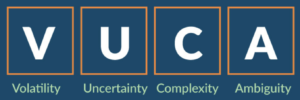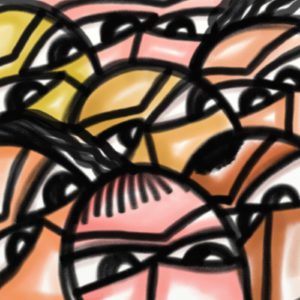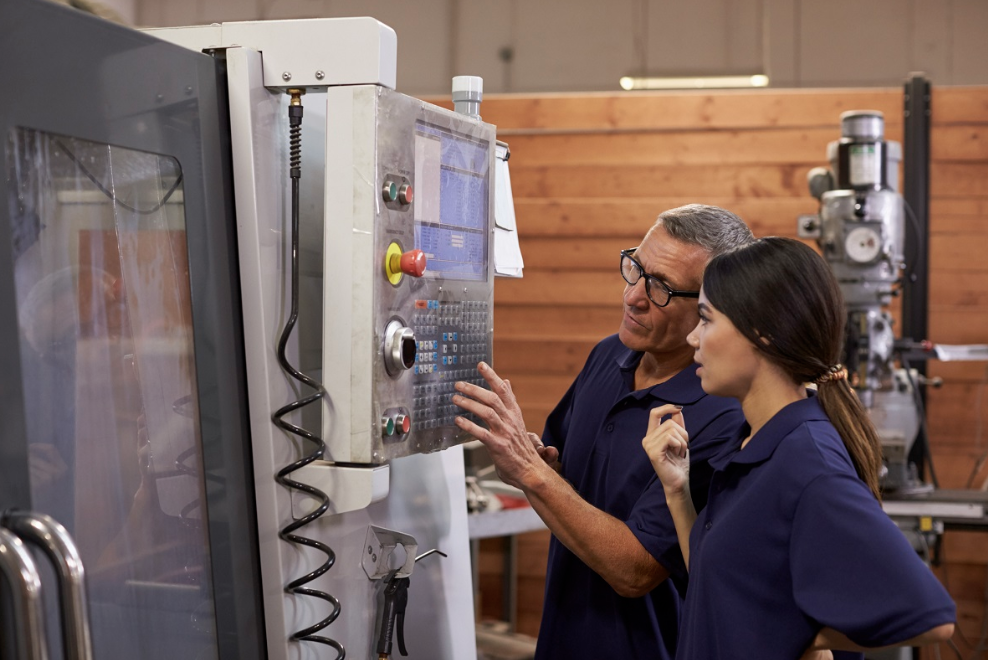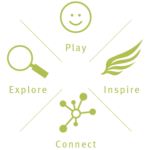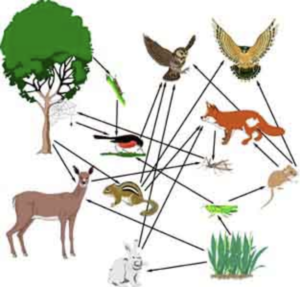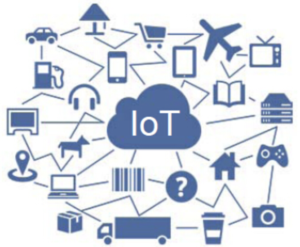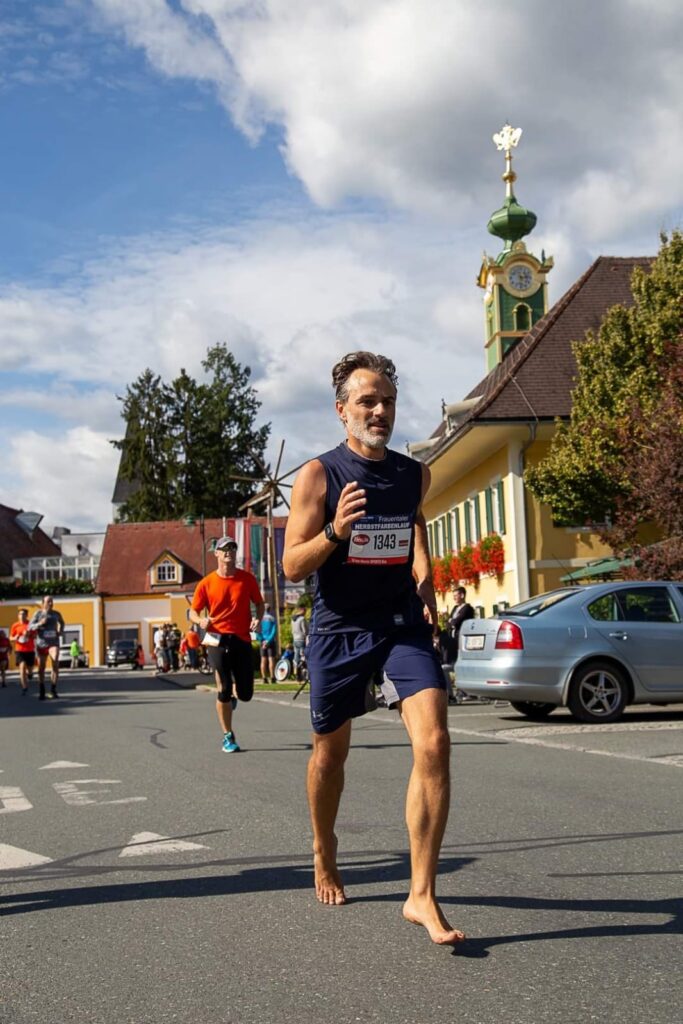
Running Barefoot: Life & leadership philosophy in motion
In addition to the physical and mental benefits of running barefoot, running barefoot has evolved into a life and leadership philosophy. Here are many lessons I am still learning!
- You always have a choice. No matter how difficult the terrain looks ahead while running or in life, there is always a next step you can make, even if it isn’t the direction you expected to go in.
- Trust your instincts in a difficult situation. Running barefoot is instinctive running. Humans have been running much longer without shoes than with shoes. When in doubt, trust your gut.
- Listen to your body. Valuable information is not always transmitted through words, nor through your shoes.
- You can handle more than you think. I run barefoot on gravel, snow and in temperatures just below freezing. Overcome your fears through practice.
- Be mindful. Barefoot running requires your full attention most of the time. Be present. Act with intention. Be mindful of your form and your conduct.
- Silence is golden. When running bare I am silent and can listen to the environment. I have startled shod runners and animals alike. Learn to listen with all of your senses.
- Take responsibility for your actions. If I step on a stone I cannot blame it. We choose how we respond to life. No one or no thing makes us do anything or react in a certain way.
- Transform hurtful energy. When I step on an object I allow the unpleasant energy to run through my body and transfer it to briefly run faster. Convert as much energy into self-improvement.
- You need less than you think. Rid yourself of clutter. Become a minimalist with how you conceptualize and interact with the world. The less you have the more you can take in.
- Be light in temperament. You are physically lighter barefoot. Holding grudges leaves no space to hold something that gives you power and energy. Forgive. Let go and move on.
- Be non-judgmental. I received looks and was made fun of when I started. Now people are curious and ask questions. Be open to new possibilities. Ask questions if you don’t understand.
- Use both body and mind simultaneously. Running barefoot incorporates both. We tend to use one at a time. A more holistic experience results when engaging both simultaneously.
- Have fun. There is a playful quality to running barefoot. Try something new. Laugh with others and at yourself! Life is too short to take yourself too seriously!
- Be adaptable. Running barefoot requires you to adapt your approach and movement according to changing conditions. Train your mind and body to be flexible.
- Live in the moment. Running barefoot demands that you be present in the here and now. Scan ahead but know your next step.
- Stay alert. Running barefoot doesn’t allow you to be inattentive for too long. Stay on your toes and don’t get caught flat-footed!
- Connect with nature and discharge negative energy. When running barefoot I reap the health benefits of grounding. You benefit when interacting and connecting with nature.
- Be true to yourself. No matter what you do, or say, or if you wear shoes or not, there will always be critics. Do what is in your best interest as long as it doesn’t prevent others from doing so as well.
- The easiest path is not always the safest. My most significant injuries were on grass due to my lack of vigilance and stepping on sharp hidden objects because of a false sense of security.
- Focus on your breath. In October 2022 I went to full nasal breathing. When faced with an uphill climb, by concentrating on my breath I overcome it due to being more relaxed and focused.
About the Author
In addition to running barefoot, Jean-Pierre is a Conflict Alchemist, resolving intergenerational differences to ensure corporate vitality, focusing on talent & apprenticeship attention. He is a Youth Coach, creator of the EPIC Development Model, and author of What You Can Learn from Your Teenager: Lessons in Parenting and Personal Growth.




